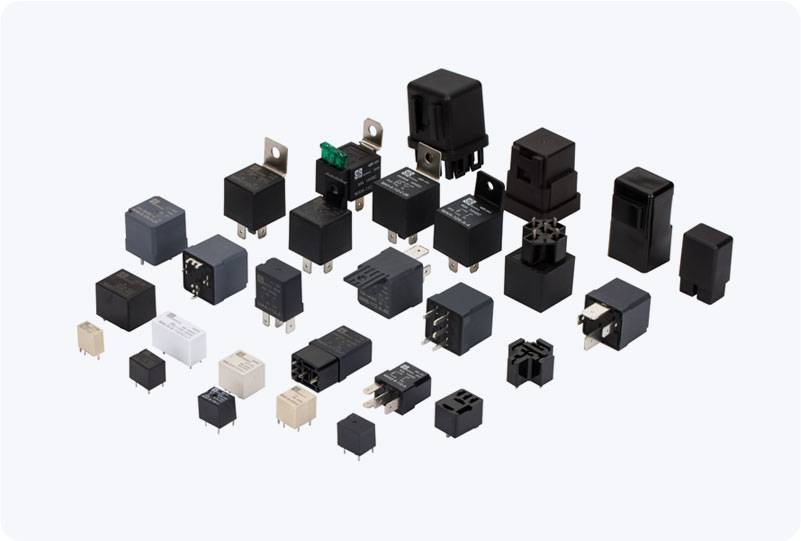the importance of optocoupler protected relay module in modern electronics
Release time:2025-06-26 17:13:06
The Optocoupler Protected Relay Module is a crucial component in modern electronic systems that require safe and reliable control of high-voltage circuits. By combining the functionalities of an optocoupler and a relay, this module provides significant advantages in terms of electrical isolation, signal control, and protection against overloads. This article delves into the workings, applications, and benefits of the Optocoupler Protected Relay Module in various electronic systems.

Understanding the Basics
At its core, an Optocoupler Protected Relay Module integrates two key components: an optocoupler and a relay. These components work in tandem to control large electrical loads with low-voltage signals while ensuring the protection of sensitive control circuitry.
Optocoupler: The optocoupler, also known as an optical isolator, is a device that uses light to transmit electrical signals between different parts of a circuit while providing electrical isolation. It consists of an LED (light-emitting diode) and a phototransistor (or photodiode). When a signal is passed through the LED, it emits light that activates the phototransistor, which in turn generates a corresponding signal on the output side. This process effectively separates the high-voltage circuit from the low-voltage control system, preventing electrical noise, surges, and faults from affecting the sensitive control components.

